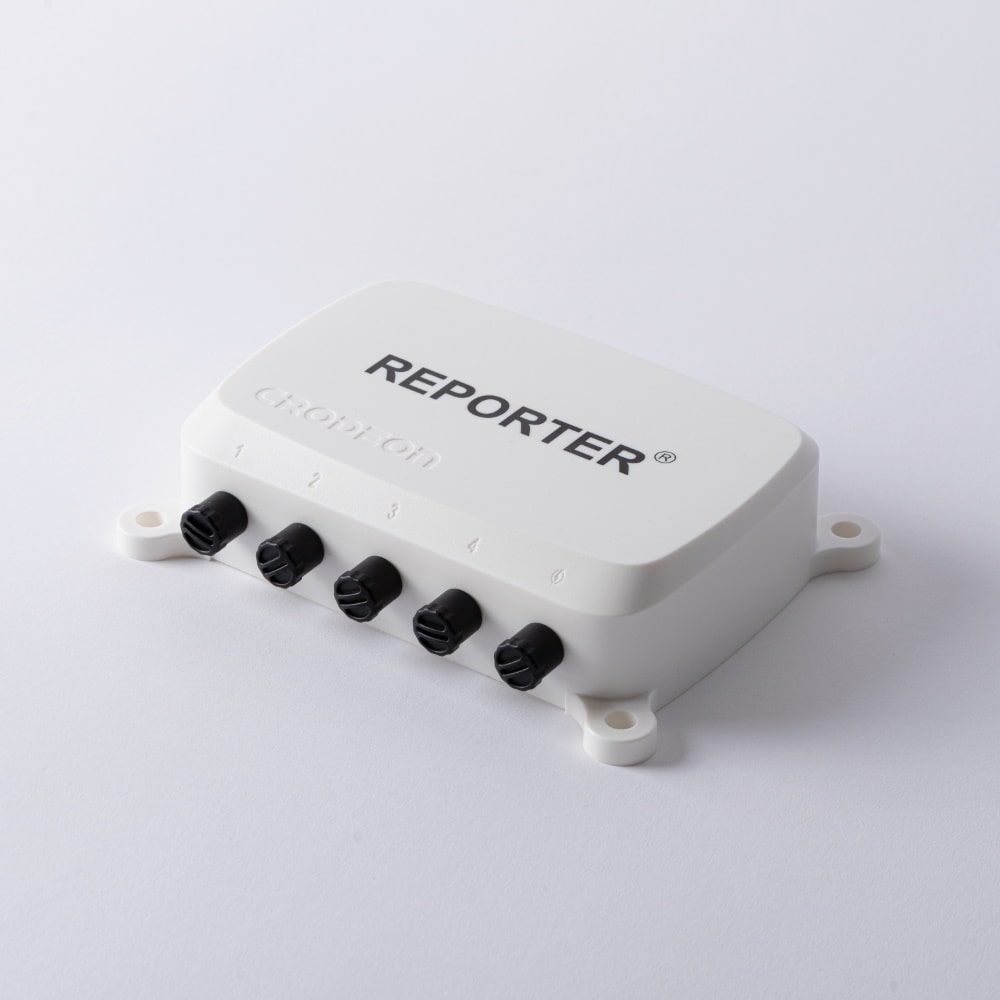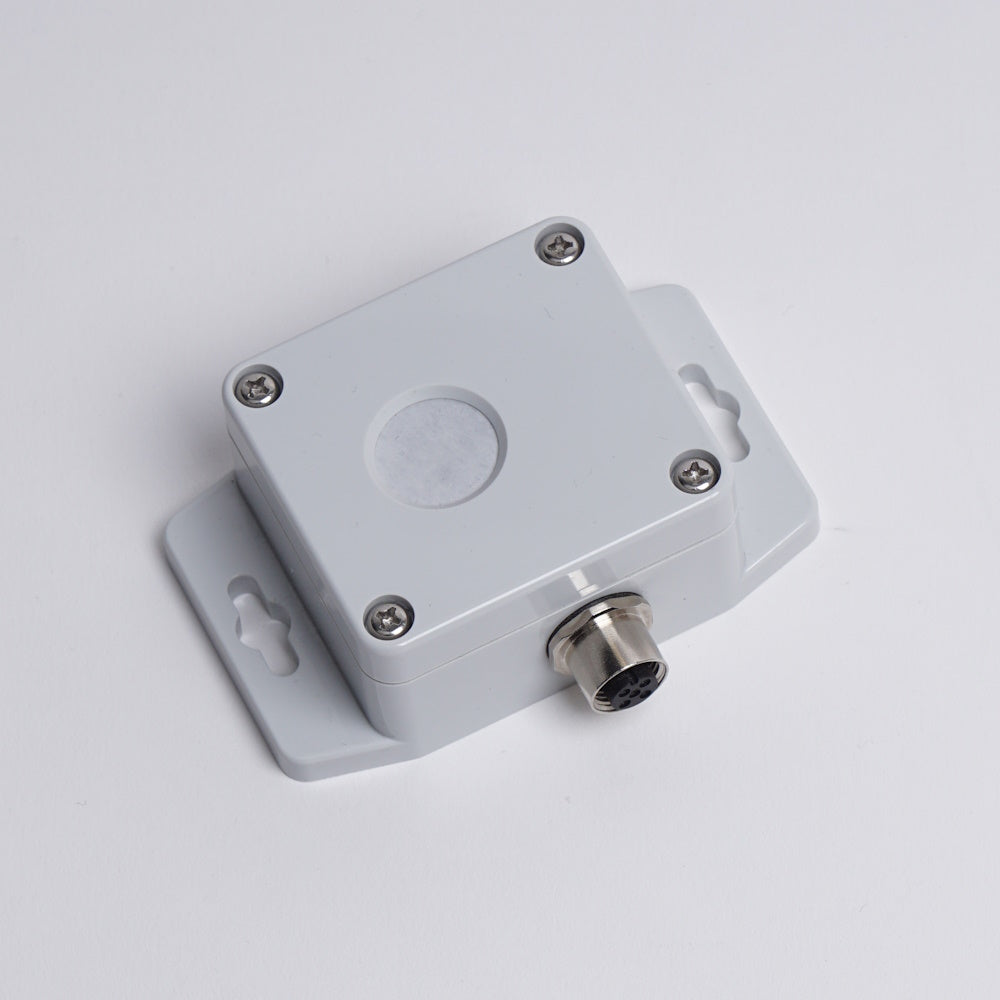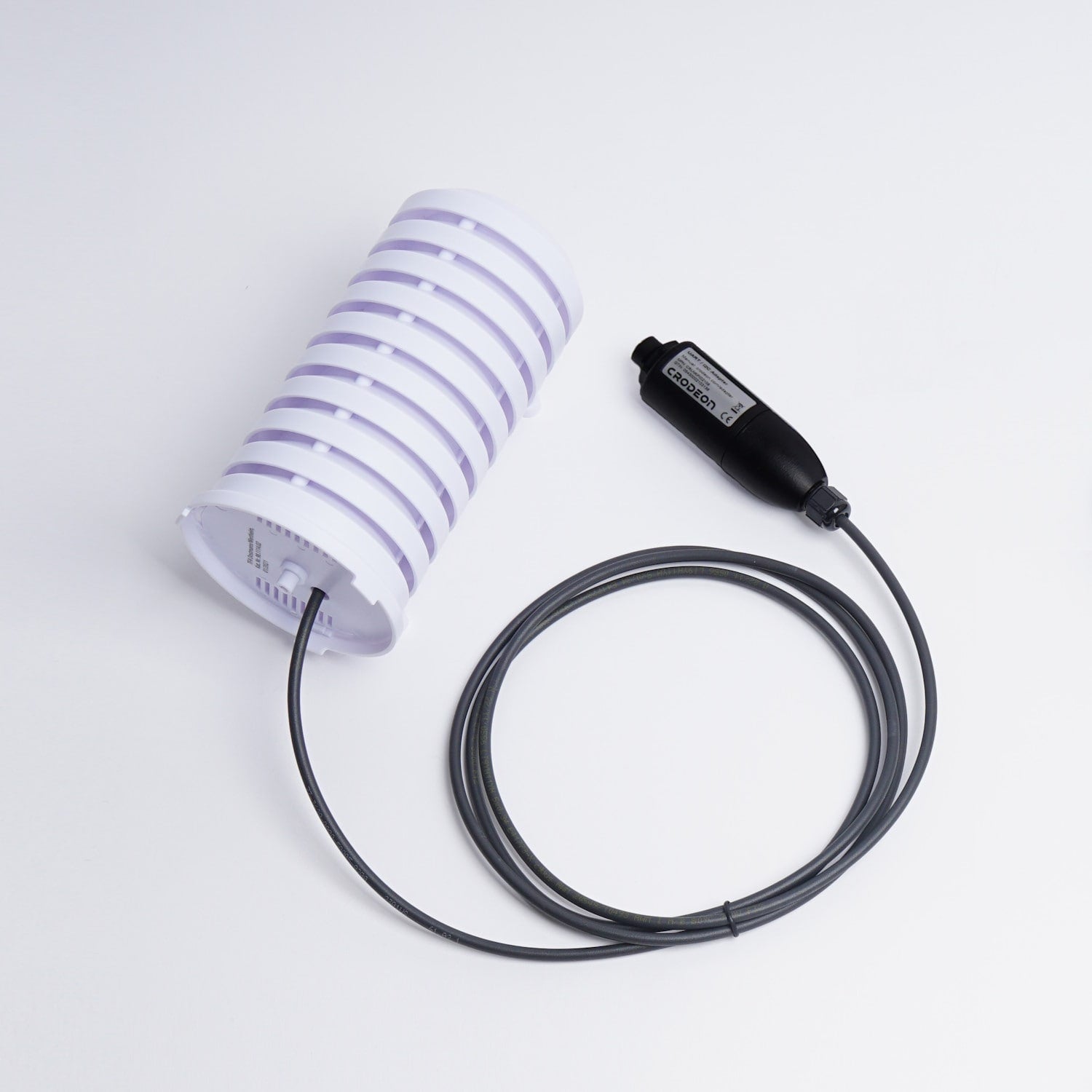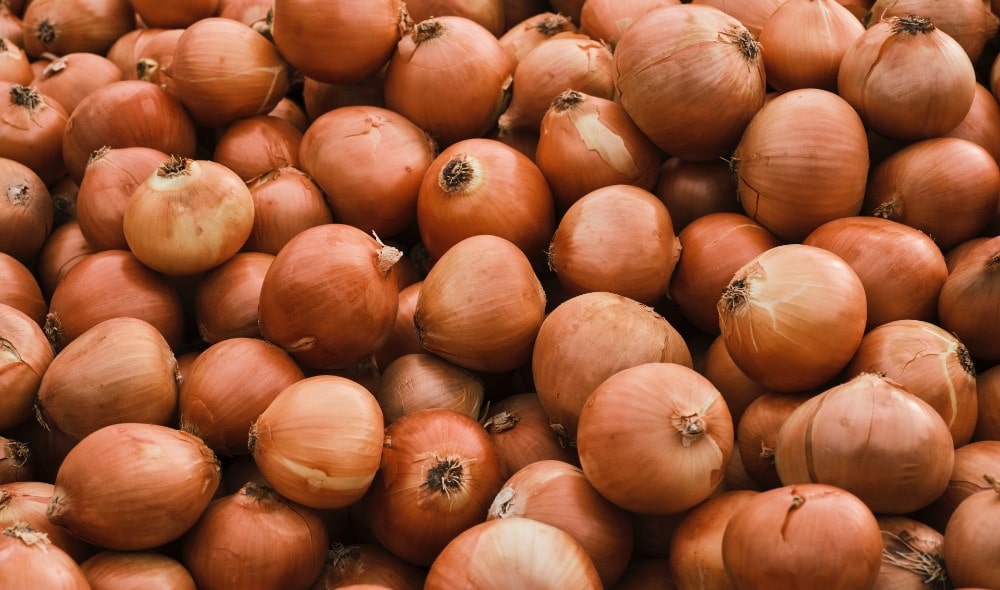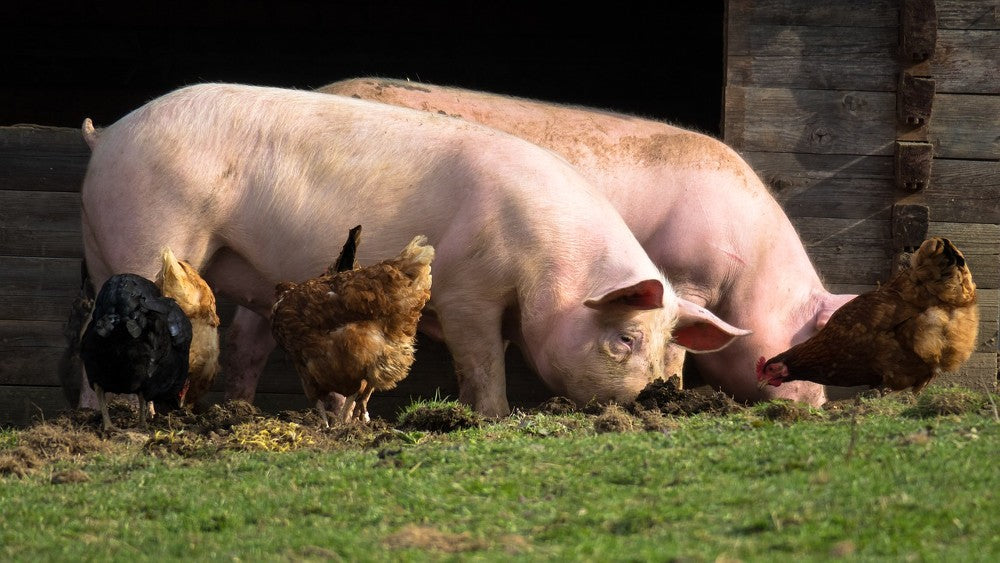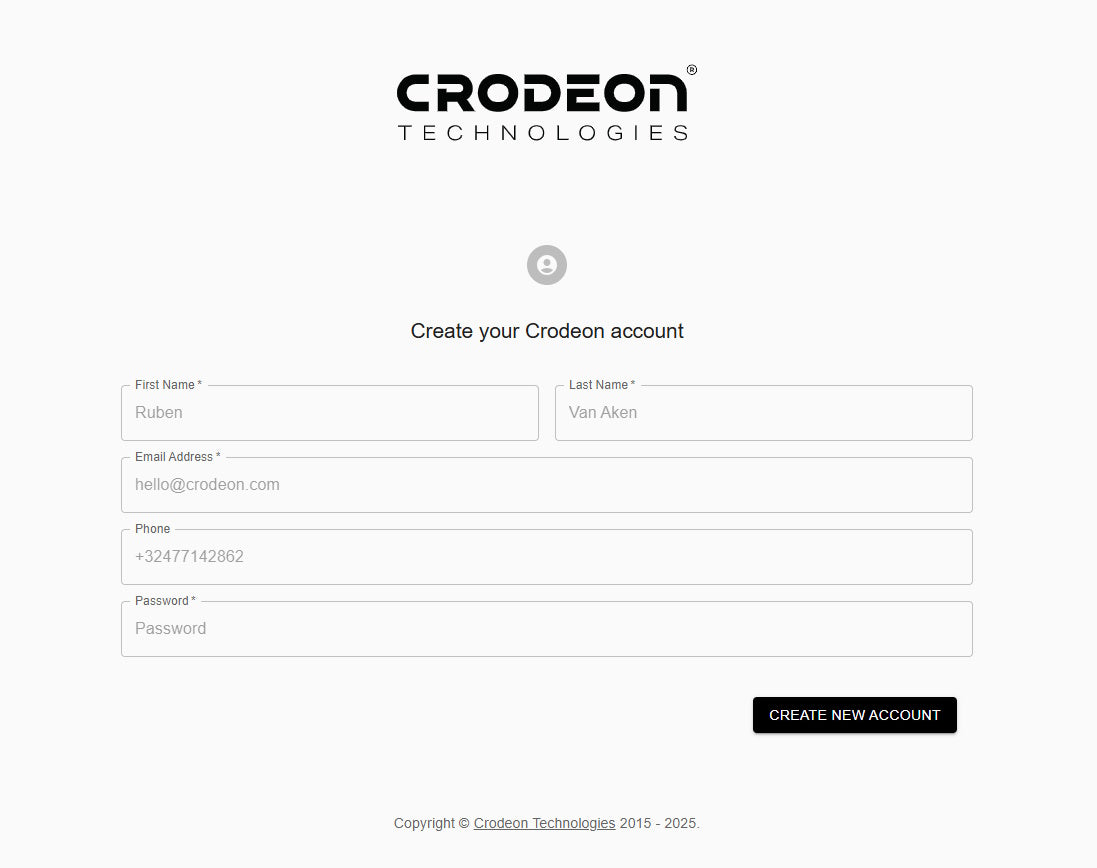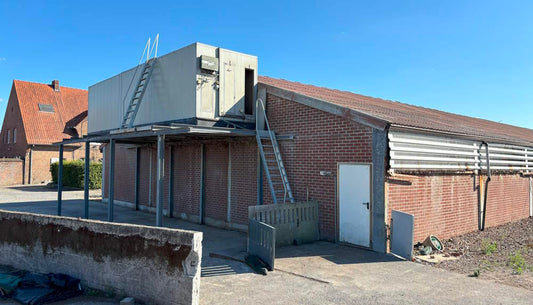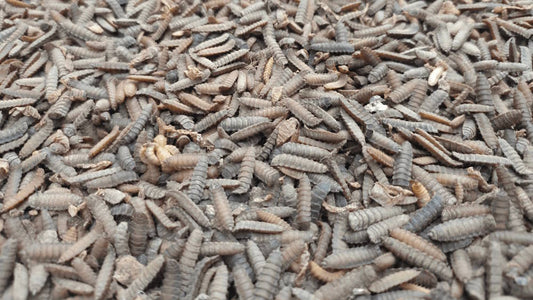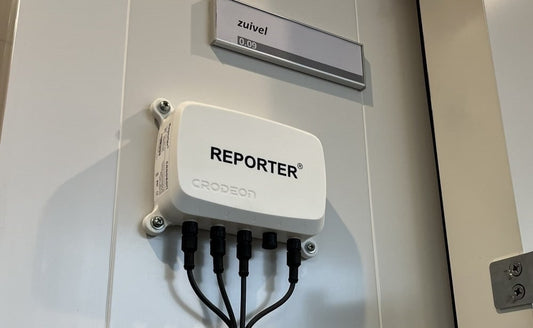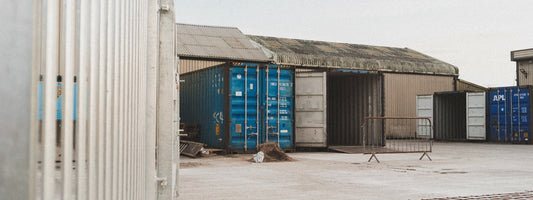The ultimate guide to potato storage monitoring
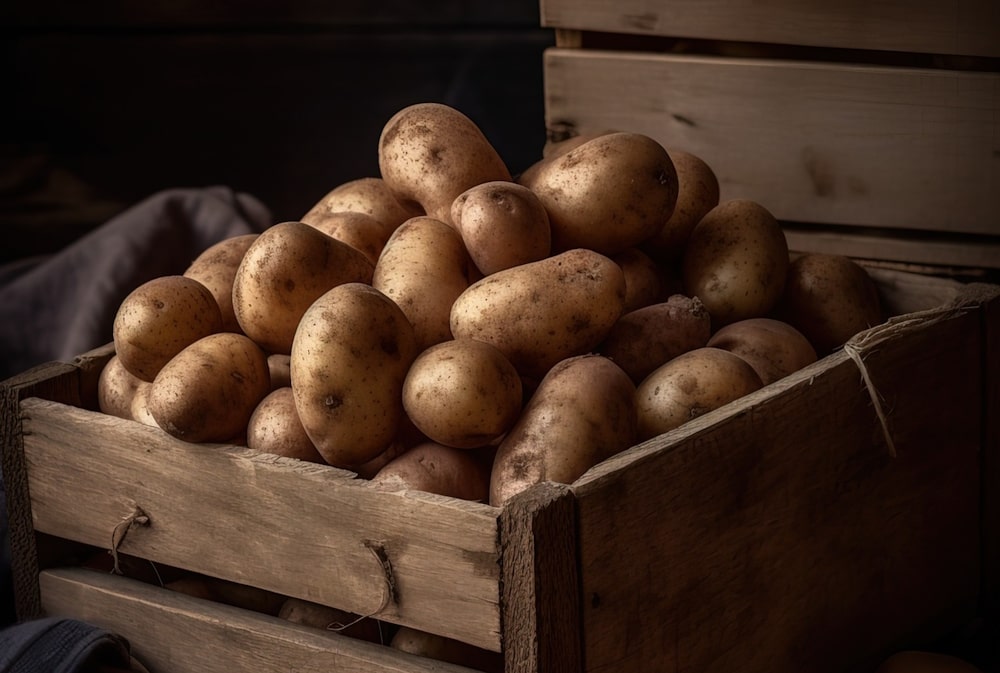
Keeping potatoes fresh and healthy in long term potato storage is a constant battle. It requires the right conditions (CO2, temperature, humidity) and the right equipment (ventilation).
A keen eye for monitoring and maintenance wouldn't go amiss. After all, you want to get the best price for your produce when you bring it to market. Especially since research has shown that potatoes are very sensitive to changes in the storage environment.
In this blog, we'll dive deep into the world of potato storage monitoring, exploring the best practices and technology for keeping your potatoes in top condition, whether you're a seasoned pro at potato storage or just starting out in the potato industry.
Carbon dioxide (CO2) Levels
CO2 monitoring in potatoes is essential to keep your potatoes in pristine condition. High levels of CO2 in your storage will discolour the potatoes making them brown and unappealing. When you take your produce to market you will get a lower price for them as they can no longer be used for all purposes due to the discolouration.
High levels of CO2 can also lead to senescent sweetening, which is when sugars escape the starch granules into the cytoplasm. These potatoes with loose sugar molecules will turn brown when they are fried, which is generally regarded as unappealing to humans.
The ideal range of CO2 is between 1500-2500 PPM (0.15-0.25%), depending on your specific potato variety.
How to: CO2 monitoring in potatoes
To keep the CO2 levels under control when storing potatoes after harvest you will need a ventilation system that brings in enough fresh air. You can either manually measure with a CO2 sensor, or install a monitoring system that takes automatic measurements. An automatic potato storage monitoring system has the advantage of you being able to set alarm notifications. Which gives you the opportunity to take action when needed.
Relative Humidity
Fluctuations in humidity can stress the potatoes and cause condensation problems, which is why this product demands a stable RH.
A long term potato storage should measure about 92-97% RH to ensure high-quality potatoes to take to market. In many cases, a humidifier is encouraged to use in a ventilated storage. This percentage however changes depending on the state of your harvest.
The air within a storage unit is often recirculated to minimise water loss from the potatoes. Over-ventilation or low relative humidity (RH) can cause shrinkage when storing potatoes after harvest. Dry, shrivelled-up tubers of course don't give you the profit you had hoped for.
Wet tubers with signs of rot often need a lower RH, to stop the rotting process from continuing. Humid is not the same as wet, excess moisture and dripping water can cause potatoes to rot due to fungal or bacterial infections.
How to: RH monitoring in potatoes
You can take manual humidity measurements using an RH sensor and keep a log book, but that is arduous and also impossible when you’re not always there in person.
A good way to make sure that the RH in your storage facility is right for your produce, is by installing a monitoring system that takes real-time measurements and sends you alarm notifications when something is wrong. This way you will be notified if RH dips too much.

Temperature
Potatoes are very sensitive to low or high temperatures as well as fluctuation. Keeping a stable potato storage temperature with the right RH is therefore crucial to keep the tubers marketable.
Potatoes are alive and in storage their respiration process continues. This means that the tubers take up oxygen and expel CO2. Respiration is minimal at 7.2°C but drastically increases above and below that temperature. Warmer temperatures can trigger pests and diseases to thrive, such as bacterial rot or fungal infections. Temperatures warmer than 15°C can cause senescent sweetening to happen.
Depending on your specific variety you will have to change the temperature to the one best for your variety. In general, potatoes are stored at 3-15°C. Respiration can cause a number of problems to occur in your produce, like bruising and sprouting.
To keep potatoes dormant and minimise sprouting, a lower and stable temperature (below, 3-4°C) is recommended. Higher temperatures and heavy fluctuation reduce dormancy in a potato. These low temperatures however lead to low-temperature sweetening.
“At temperatures below 7.2°C, reducing sugars accumulate leading to dark chips and French fries when the potatoes are processed. At temperatures below 3.0°C the accumulation of sugars is so great that flavor and boiling and baking quality are affected. Potatoes that have sweetened due to low temperatures can be reconditioned to some degree, depending on variety, by raising the storage temperature to 13.0 - 15.5°C for 4-6 weeks before shipping.”
- Canadian Horticultural Council
Recirculation is a natural way to redistribute the different temperatures inside your potato shed. As warm air rises and cold air sinks this allows you to warm or cool your produce in an energy-efficient way. Ceiling fans can push warm air down to warm the piles of tubers, while floor fans can blow warm air away from the potato piles.
It is also important to keep an eye on RH at higher temperatures as warm air is more drying to the tubers than colder air, even when the humidity is the same.

How to: temperature monitoring in potatoes
To make sure that the potato storage temperature stays optimal we recommend doing regular temperature measurements. In and around your piles, to make sure you're not missing any cold or hot spots. You can use an infrared thermometer or a traditional device to measure and log this temperature.
Easier however would be to opt for automatic temperature tracking and registration. Our customer chose to mount a temperature sensor onto a long pole which he inserted into his pile of tubers. This allowed him to accurately monitor the internal temperature of the spuds.
Ventilation
A ventilation system is a crucial part of any long term potato storage storage facility. Ventilation is essential to keep CO2 levels in check by bringing in fresh air, remove excess moisture, or introduce new moisture within your storage pile. It also helps with cooling or warming your shed to keep your ideal potato storage temperature.
Research shows that without ventilation it is possible for the top of the piled-up potatoes to be 5.0°C warmer than the bottom. Over-ventilation on the other hand can dry out your produce, decreasing the weight of your harvest and turning your potatoes into shrivelled spuds. As discussed prior in this blog, suboptimal conditions in the storage environment make the potatoes less marketable, ruining your profit margins.
How to: ventilation monitoring in potatoes
A potato storage monitoring system with alarm notifications will alert you if the ventilation system fails. This is often due to a power outage or a mechanical defect. A remote monitoring system for your potato storage can detect power cuts or measure changes in temperature, humidity or CO2 levels, which indicate that your ventilation unit is malfunctioning.

Darkness
When potatoes are stored in bright environments they start to turn green as chlorophyll is formed to aid in photosynthesis. It is however a known fact that these green potatoes are inedible due to the glycoalkaloids that are present in the potato plant, making them toxic.
How to: light measurement in potatoes
To prevent greening from occurring, it is crucial to keep potatoes in a dark environment. With a storage monitoring system, you could opt to install a solar radiation sensor, Lux sensor or PAR sensor to keep an eye on light levels in your storage facility.
Potato storage monitoring
As discussed in detail, a potato storage could really benefit from remote monitoring. CO2 sensors, temperature sensors and temperature and humidity sensors take real-time measurements that you can use to trigger alarms. Your sensor module will send you an alarm notification with information that will help you avoid disasters.

Reporter as a monitoring system for your potato storage
Reporter is a plug & play, versatile sensor module for remote monitoring. The device has four connectors that allow you to connect four different sensors suitable for your project. You can choose from CO2 sensors, temperature sensors, RH sensors, weather sensors, pressure sensors, water flow meters, light sensors and much more. Special additions, like a relay output module, allow you to turn on or off ventilation systems, (de)humidifiers, coolers or heaters from afar.
Reporter is fully customisable to your needs, all without requiring any prior technical knowledge. You can set measuring intervals from every 30 seconds to every two hours. All measurements are sent to the cloud in real-time, so you can always look at your live data. The Crodeon Dashboard is compatible with your smartphone's, tablet's or computer's web browser.
Configure alarm settings based on parameters that matter to you, like CO2, temperature and humidity, and receive notifications whenever necessary. Alarm notifications can be sent through email, text message (sms) or voice call. If CO2 in your storage soars to 3000 PPM when you set an alarm, you'll be the first to know!
Conclusion
Remember, potatoes are sensitive creatures, and their well-being depends on the environment in which they are stored. By paying close attention to factors like CO2 levels, relative humidity, temperature, ventilation, and darkness, you can ensure that your potatoes remain in top condition, ready to dazzle the market and maximise your profits.
With Reporter, you can elevate your potato storage practices to new heights, achieving exceptional results while saving time and effort. Reporter does all the arduous work for you while also keeping you informed during emergencies.
So, take the leap into smart farming and embrace the power of potato storage monitoring. Unlock the full potential of your harvest, guaranteeing premium quality, and securing your place in the market. Together, let's revolutionise the way we store and cherish these delightful tubers.
If you need advice on choosing the right sensors, or customising your monitoring setup, don't hesitate to reach out to us. Contact Crodeon today and embark on a journey to potato storage greatness!
Sources:
- Control of Potato Storage Conditions for the Management of Post-harvest Losses due to Diseases
Canadian Horticultural Council
Sagar Satish Datir, Lincoln University, New Zealand
Jose M. Barrera-Gavira, Simon D.A. Pont, Jenny A. Morris, Pete E. Hedley, Derek Stewart, Mark A. Taylor, Robert D. Hancock
- Basics of Potato Storage Management
Steve Johnson, University of Maine Cooperative Extension

